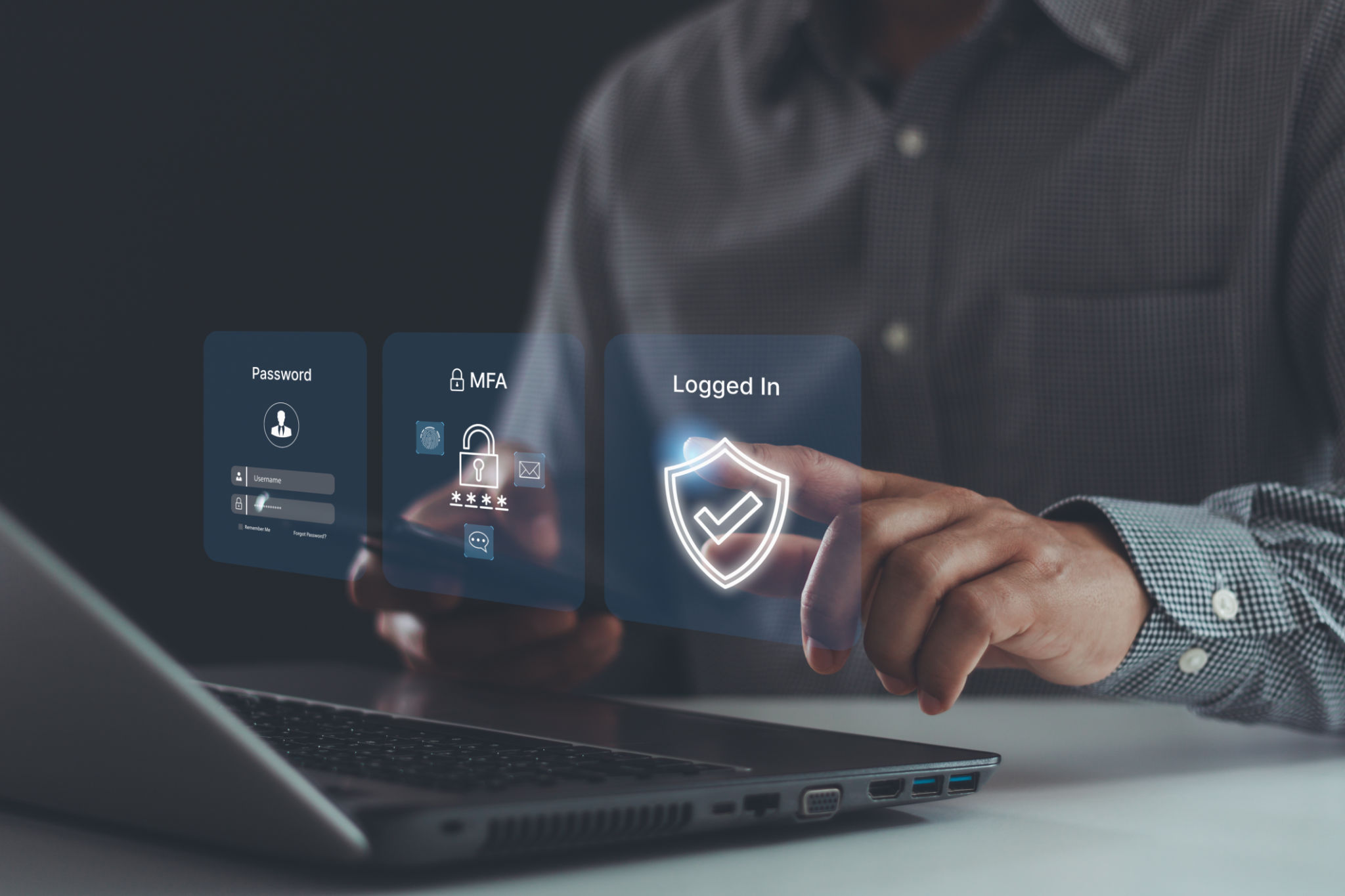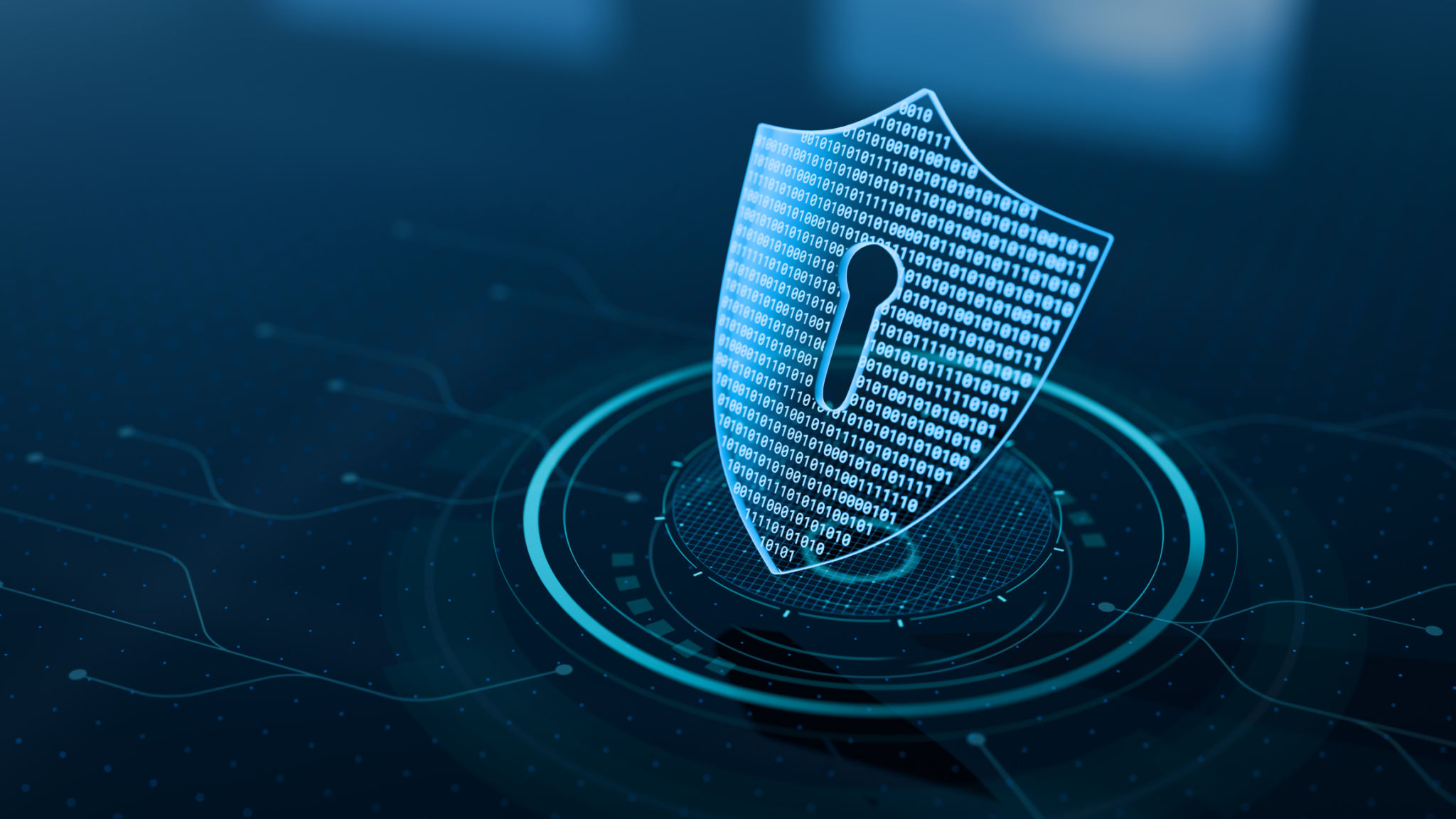Expert Tips for Strengthening Distributed Network Security in Fintech
In today's fast-paced fintech landscape, securing distributed networks has become a top priority. With cyber threats evolving rapidly, ensuring robust network security is crucial for protecting sensitive financial data and maintaining customer trust. Here are some expert tips to bolster your distributed network security in the fintech sector.
Implement Strong Authentication Protocols
One of the foundational steps in fortifying network security is to implement strong authentication protocols. Traditional username and password combinations are no longer sufficient. Consider adopting multi-factor authentication (MFA) solutions to add an extra layer of security. This approach requires users to verify their identity through multiple methods, such as a password and a one-time code sent to their mobile device.

Regularly Update and Patch Systems
Keeping your systems updated is essential in defending against vulnerabilities. Hackers frequently exploit outdated software to gain unauthorized access. Establish a routine schedule for patching and updating all software and hardware components within your network. Automated update systems can help streamline this process, ensuring that no critical patches are missed.
Additionally, it's important to educate your staff about the significance of these updates. Encourage them to report any anomalies or issues they encounter promptly. A culture of vigilance can significantly contribute to the overall security posture of your organization.
Utilize Advanced Encryption Techniques
Data encryption is a critical aspect of network security, especially in fintech, where sensitive information is constantly being transmitted. Employ advanced encryption techniques to protect data both at rest and in transit. This ensures that even if data is intercepted, it remains unreadable and unusable by unauthorized parties.

Stay informed about the latest encryption standards and consider adopting end-to-end encryption for your communications. This approach encrypts data from the sender's device all the way to the recipient, providing comprehensive protection against interception.
Monitor Network Traffic Continuously
Continuous monitoring of network traffic is essential for detecting suspicious activities and potential breaches. Implementing advanced intrusion detection systems (IDS) can help identify anomalies in real-time and alert your IT team to take immediate action. These systems leverage machine learning algorithms to differentiate between normal and malicious traffic patterns.
Regularly review logs and reports generated by your IDS to gain insights into any vulnerabilities or recurring threats. This proactive approach allows you to address issues before they escalate into major security incidents.

Educate Employees on Cybersecurity Best Practices
Human error remains one of the leading causes of cybersecurity breaches. Conduct regular training sessions to educate employees about cybersecurity best practices. Topics should include identifying phishing attempts, creating strong passwords, and recognizing social engineering tactics.
- Encourage employees to stay vigilant and report suspicious activities.
- Provide guidance on secure remote work practices, especially for distributed teams.
- Foster a culture of cybersecurity awareness throughout the organization.
By empowering your employees with knowledge, you enhance the collective defense against potential threats.
Adopt a Zero Trust Security Model
The Zero Trust security model operates on the principle of "never trust, always verify." In this model, every user and device attempting to access network resources is treated as a potential threat. Implementing a Zero Trust framework involves strict access controls, continuous monitoring, and verification of all users and devices.

This approach significantly reduces the risk of unauthorized access, as every access request is scrutinized before being granted. It also ensures that even if an intruder gains access to one part of the network, they cannot move laterally without further verification.
Strengthening distributed network security in fintech requires a comprehensive strategy that encompasses technology, processes, and people. By implementing these expert tips, you can build a resilient defense system that safeguards your organization's assets and fosters trust with your clients.